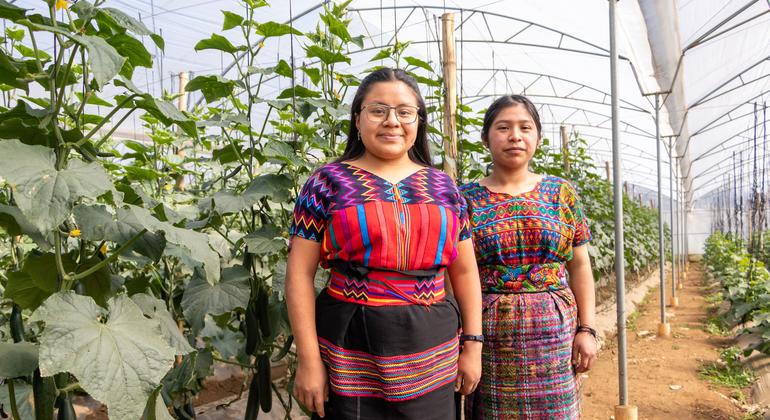Here’s the translation into American English:
—
In a recent report by the Food and Agriculture Organization (FAO), the crucial role of young people in transforming agri-food systems is highlighted, with the aim of improving food security and economic opportunities. With over 1.3 billion people worldwide aged 15 to 24, the FAO emphasizes that youth positions itself as the next generation of producers and consumers, playing a vital role in the agricultural sector.
However, the challenges they face are significant. The need to increase food production for a growing population, as well as to adapt to the effects of climate change and water scarcity, complicate the situation. Additionally, the report indicates that food insecurity among young people has risen from 16.7% between 2014 and 2016 to an alarming 24.4% during the period from 2021 to 2023. This increase has a particularly strong impact in Africa, which is projected to experience a 65% growth in its youth population by 2050.
Another concerning aspect is that 20% of young people are neither working, studying, nor receiving training, a condition that disproportionately affects women, who are twice as likely to be in this situation. Addressing youth unemployment and providing better job opportunities could increase global GDP by 1.4%, equivalent to $1.5 trillion, with 45% of this improvement coming from agri-food systems.
To empower youth, the report concludes with the need for interventions that promote inclusion, as well as access to training and adequate resources. Strengthening social protection programs is also necessary, considering the limited access to financing that young people face.
Youth migration emerges as another relevant topic, as young people tend to migrate more than adults, mostly within their countries, although international migration has been on the rise, especially in Sub-Saharan Africa and Latin America. Currently, 54% of young people live in urban areas, while only 5% are in rural areas linked to agri-food systems, which could lead to labor shortages if more youth are not attracted to agricultural professions.
Furthermore, the report highlights that extreme climate phenomena threaten productivity, affecting 395 million rural youth living in areas where a decline in agricultural production is anticipated. To address these challenges, it suggests expanding economic opportunities, modernizing infrastructure, facilitating access to resources, and promoting orderly migration that considers the needs of youth, while also improving digital technologies so that young farmers can adapt their practices and connect with markets.
via: MiMub in Spanish











